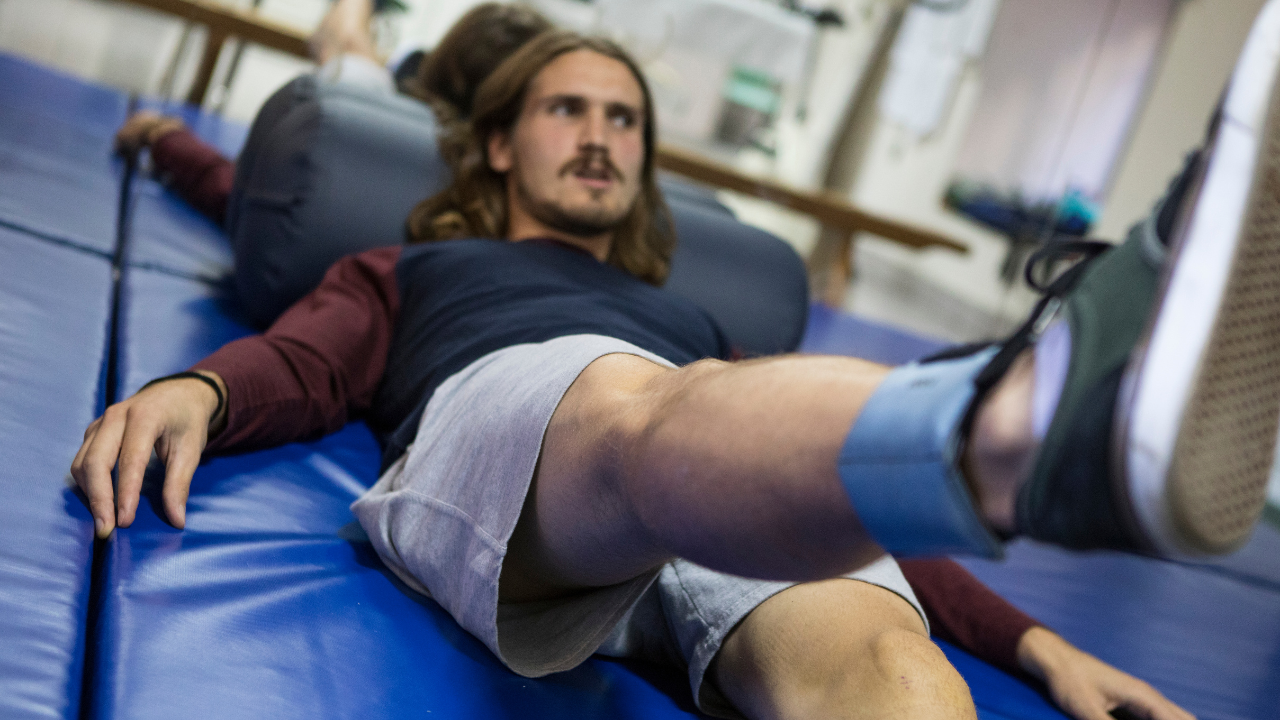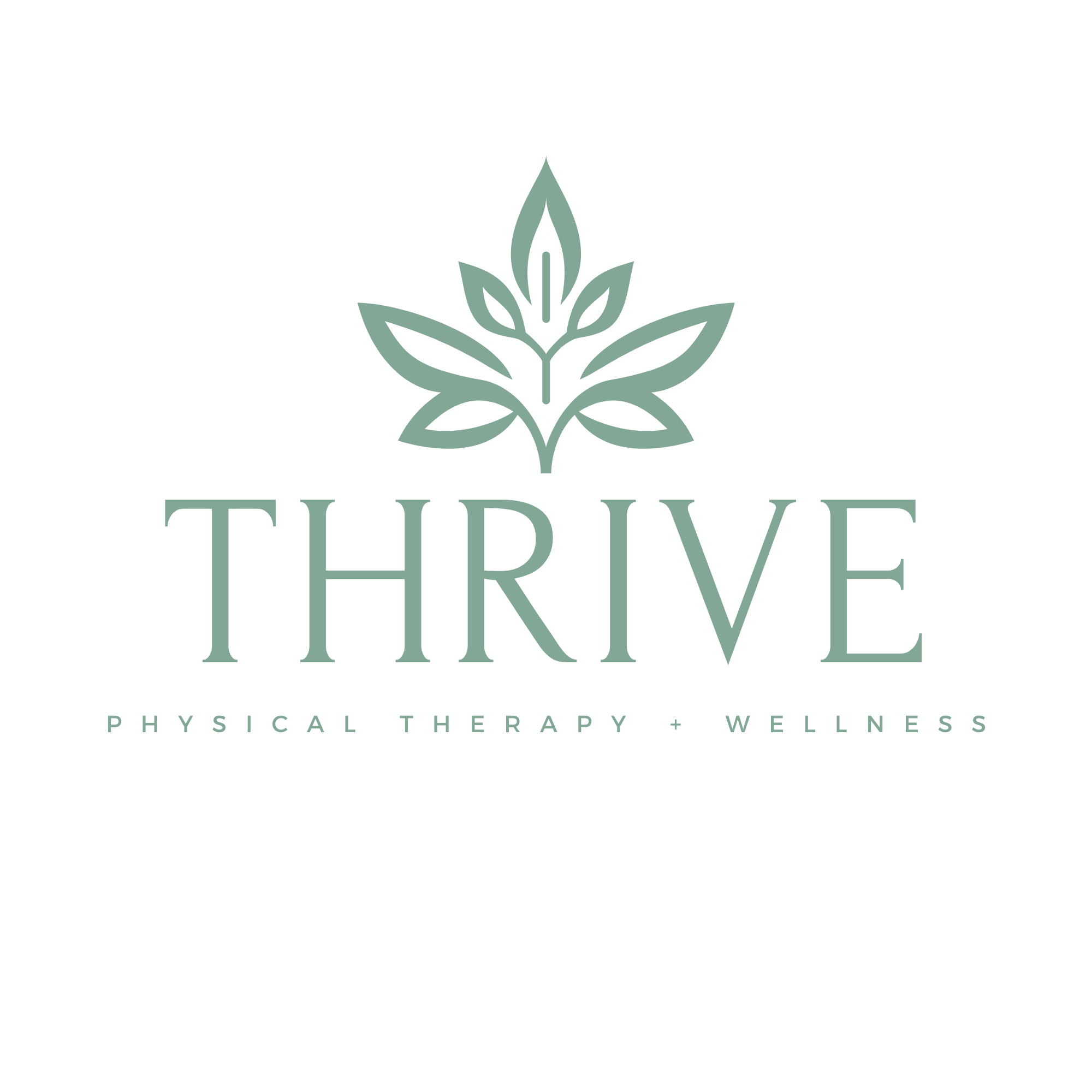
There’s a moment right after you twist your knee—whether during a pickup basketball game, a morning jog, or stepping awkwardly off a curb—when you just know something’s not right. That deep, dull throb settles in, and your body says, “This isn’t just a minor bump.” Suddenly, you’re navigating stairs differently, skipping your usual walks, and icing more than you ever thought you’d need to. Knee injuries are more than just inconvenient—they’re disruptive. But here’s the good news: physical therapy isn’t just a recovery option; it’s the secret sauce to getting back to your life, stronger and wiser than before.
Understanding the Complex Nature of the Knee
Before we dive into the importance of physical therapy, let’s understand why the knee is so vulnerable and simultaneously so vital. The knee isn’t just a hinge; it’s a complicated interaction of bones, ligaments, tendons, cartilage, and muscles. It’s what carries you through everything—running, walking, squatting, dancing, climbing, even sitting down comfortably.
Because of this complexity, knee injuries come in many forms—ACL tears, meniscus injuries, ligament sprains, patellar tracking issues, and more. These are not just sports injuries. They happen to office workers, new moms lifting strollers awkwardly, seniors stepping off uneven sidewalks. And each injury requires its own thoughtful and tailored path to recovery.
That’s where physical therapy becomes not just helpful, but essential.
The Myth of “Resting It Off”
One of the most damaging misconceptions about knee injuries is the idea that rest alone will fix everything. It might sound comforting to say, “Let’s just give it time,” but here’s the reality: without movement, you lose strength. Without guidance, you risk re-injury. And without a structured plan, healing becomes a guessing game.
What physical therapy offers is not just healing—it offers strategic healing. There’s a huge difference between simply waiting and actively rebuilding. Thrive Physical Therapy, for example, understands that each knee injury is different, and therefore, each recovery plan must be customized. No cookie-cutter routines. No rush. Just intelligent, informed care that meets you where you are.
From Day One: Rebuilding Confidence and Mobility
From the moment you walk into a physical therapy clinic like Thrive, you’re not just a patient—you’re a participant. Your physical therapist doesn’t just evaluate your knee; they evaluate you—your body, your lifestyle, your goals, and your pain. Maybe you want to get back to running marathons. Maybe you just want to play with your kids without flinching every time you bend down. That matters.
Early-stage therapy focuses on reducing pain, minimizing swelling, and slowly reintroducing movement. But what’s really happening during those seemingly small stretches or leg raises is the rekindling of your body’s trust in itself. You’re teaching your knee that it can move again without fear. That psychological aspect—rebuilding confidence—is often overlooked but deeply vital.
The Role of Manual Therapy in Recovery
There’s a kind of magic that happens when skilled hands guide your recovery. Manual therapy—a cornerstone of Thrive Physical Therapy’s approach—offers more than passive relief. It realigns joint mechanics, restores soft tissue mobility, and reactivates muscle patterns that may have gone dormant after injury.
But beyond the physiological benefits, manual therapy is deeply human. It’s physical therapists saying, “We’re in this together,” through touch, technique, and presence. For many patients, this kind of personalized care is the turning point—from frustration to progress, from isolation to encouragement.
Functional Strengthening: Healing Beyond the Table
Physical therapy isn’t confined to the clinic table. As recovery progresses, your sessions evolve into strength training, balance work, coordination drills, and functional exercises that mimic real-life movements. You’re no longer just stretching—you’re learning how to bend, squat, pivot, and step again in ways that prevent future injury.
At Thrive, the emphasis is on long-term resilience. Their therapists understand that healing doesn’t end when pain disappears. It ends when strength, stability, and control return. That’s why their programs include progressive resistance training, proprioception work (think balance and body awareness), and education on safe biomechanics. You’re not just getting better—you’re becoming bulletproof.
Movement is Medicine—But the Right Movement Matters
This phrase—movement is medicine—gets thrown around often, and for good reason. But when it comes to recovering from a knee injury, it’s not just any movement that heals—it’s the right movement at the right time, in the right way.
That’s the art and science of physical therapy. Thrive’s team knows when to push and when to pull back. When to test your limits and when to protect them. They watch how your body reacts—not just how your knee feels, but how your hips, ankles, and core contribute to each step. Knee recovery isn’t isolated. It’s systemic. And smart therapists treat it that way.
The Emotional Side of Knee Recovery
What many people don’t anticipate is the emotional toll of a knee injury. It’s not just about pain—it’s about missing out. You might skip social outings, avoid stairs at work, stop doing what you love. That loss of independence and movement can trigger frustration, anxiety, even depression.
Physical therapy becomes a form of emotional support as well. Each session is a chance to gain back a little control, a little hope. Therapists at Thrive don’t just adjust joints—they adjust outlooks. They explain, they encourage, they celebrate the small wins. And those wins add up.
You might walk in discouraged after weeks of limping, and walk out a few weeks later climbing stairs with ease. That transformation is as much emotional as it is physical.
Returning to Sport or Daily Life Safely
Whether you’re an athlete or not, there comes a point where your goal shifts from healing to thriving—getting back to life at full speed, with no second-guessing. That’s where physical therapy shines again.
Rather than rushing you back into action, Thrive helps you return gradually and safely. If you’re a runner, they’ll assess your stride. If you’re a yoga lover, they’ll test your balance. If you’re simply trying to walk your dog without limping, they’ll work on endurance and fluidity.
The idea is to prepare your body—not just your knee—for the movements you rely on every day. By doing so, they help you return not only to activity but to confidence. That’s what true recovery looks like.

Preventing the Next Injury
Here’s a truth many people miss: the end of your physical therapy journey should be the beginning of your prevention journey. Thrive therapists don’t just wave goodbye at discharge—they equip you with tools to stay strong. You’ll walk out knowing how to warm up properly, which stretches to do, how to recognize early warning signs, and how to move smarter in your daily life.
By strengthening surrounding muscles, improving joint mobility, and developing body awareness, physical therapy drastically reduces your risk of re-injury. It gives you a sense of self-protection without paranoia. That’s powerful.
Why Thrive Physical Therapy Stands Out
There are plenty of physical therapy clinics out there. But not all of them truly see the person behind the injury. Thrive Physical Therapy goes deeper. They blend clinical precision with compassionate care, which creates an environment where healing feels collaborative—not transactional.
Their approach is holistic, blending hands-on techniques, individualized strength training, and patient education. They don’t rush you through generic routines. They sit with you, understand your goals, and build recovery plans that feel tailor-made—because they are. That’s what makes them a trusted name in rehabilitation.
Whether you’re facing a post-surgical recovery, dealing with a nagging sports injury, or simply trying to walk without pain again, Thrive meets you at that intersection of challenge and hope. And from there, they help you move forward—with strength, stability, and purpose.
Suggested Reading: The Benefits of Physical Therapy for Knee Osteoarthritis
Conclusion: The Power of Choosing the Right Recovery Path
Knee injuries can make the world feel a little smaller. They interrupt your rhythm, shake your confidence, and force you to recalibrate everything from workouts to wardrobe. But recovery doesn’t have to be lonely, confusing, or slow. With the right guidance, your body can come back not only healed—but better than before.
Physical therapy isn’t just a supplement to recovery—it’s the foundation. It turns pain into progress, hesitation into motion, and setbacks into stories of strength. It’s an active, intelligent partnership between your body, your mind, and a therapist who genuinely cares.
And if you’re looking for a place where that partnership thrives—literally and figuratively—then Thrive Physical Therapy is your next step. Their patient-first philosophy, combined with clinical expertise and heartfelt commitment, transforms recovery from a chore into a journey of rediscovery. Visit https://thriveptclinic.com/ to learn more about how they can help you rebuild, regain, and rise again—one step at a time.

